What our clothes could tell us about what we do.
W.S.Harwin
http://www.reading.ac.uk/~shshawin15 May 2018
https://tinyurl.com/WHarwinWearable technologies are available for many applications including healthcare monitoring. Often solutions require the person to wear bespoke sensors but what if the sensors could be embedded into invisibly into our cloths. As part of the Sphere project (www.irc-sphere.ac.uk) we have been exploring wearable sensing for healthcare. This has raised both technical and social questions such as what could we measure, and what information would be useful to the individual, the clinicians and the statisticians. There are also ethical questions, each individual should control their own data but how?
Sphere
- SPHeRE a Sensor Platform for HEalthcare in a Residential Environment
- Led by the University of Bristol
- Goal: to record data relevant to healthcare from 100 homes in the Bristol area
- Funded by the EPSRC for the period 2013-2018








Sphere Video
With thanks to Aardman animation
Sphere research aims
Aims
- Deploy, collect and analyse data from a range of sensors in 100 residential homes in the Bristol area.
- Consider the data analysis and data mining techniques that can be employed to enable this data to be used by the individual, their carers, and researchers to monitor healthcare related problems

Sphere research aims.
Aims
- Deploy, collect and analyse data from a range of sensors in 100 residential homes in the Bristol area.
- Consider the data analysis and data mining techniques that can be employed to enable this data to be used by the individual, their carers, and researchers to monitor healthcare related problems

Research participants
Project is non specific to health problem but participants may have
- COPD (chronic obstructive pulmonary disease), Parkinson's disease, stroke, frailty, depression, sleep disorders, obesity
- subgroup are individuals recovery following orthopaedic surgery

Sensor inputs
- Video sensing
- Activity monitoring
- Social interaction
- Movement about the home
- Wearable technology
- Activity monitoring
- Quality of movement
- Person location
- Environmental sensors
- Temperature, light, air quality, humidity
- Water and electricity consumption

Sphere wearable
- Self contained
- Qi inductive charging
- Time between recharge 3 days to 6 months
- local storage or transmit to house via bluetooth low energy (BLE)
- 3-axis accelerometer and gyroscope
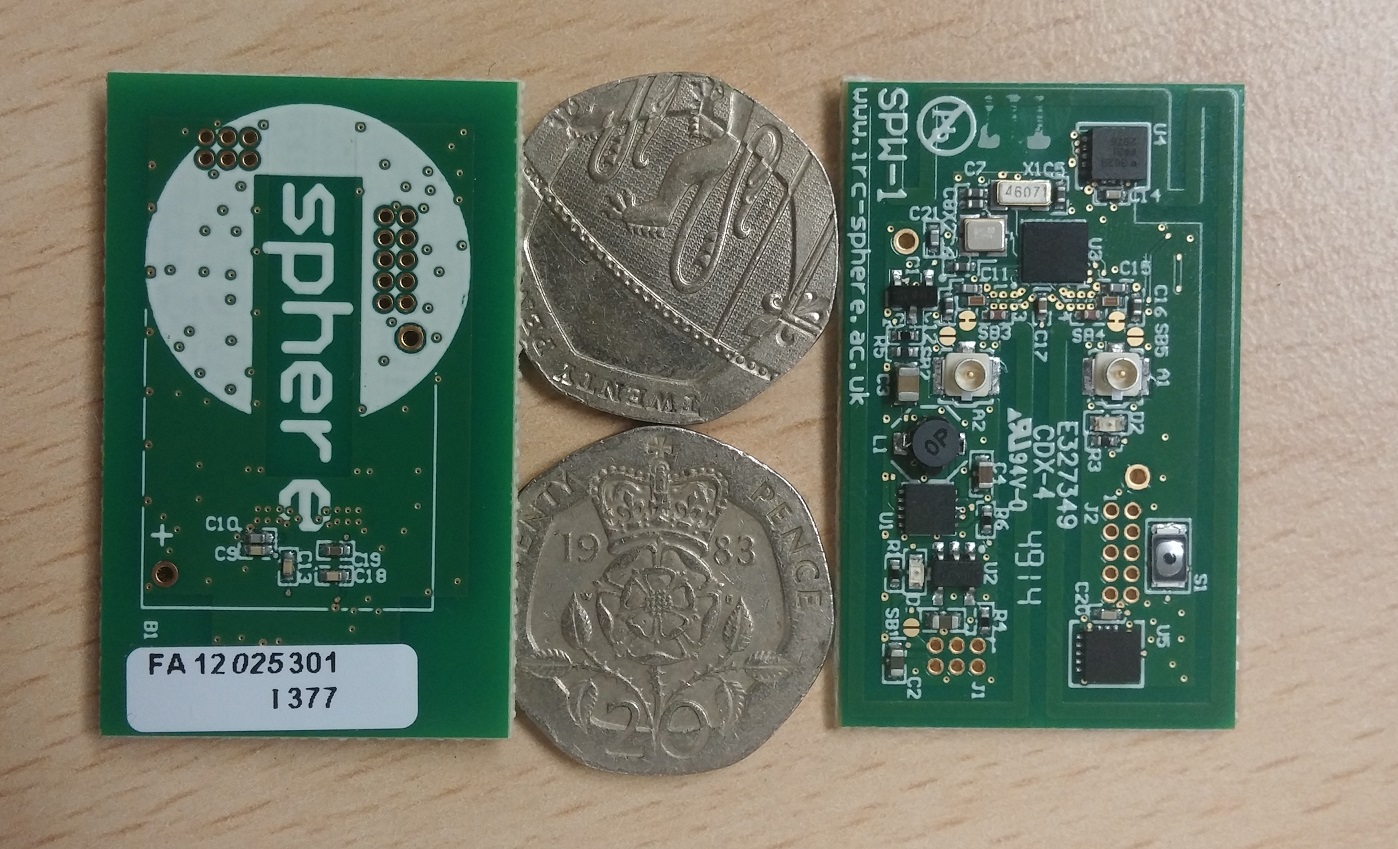
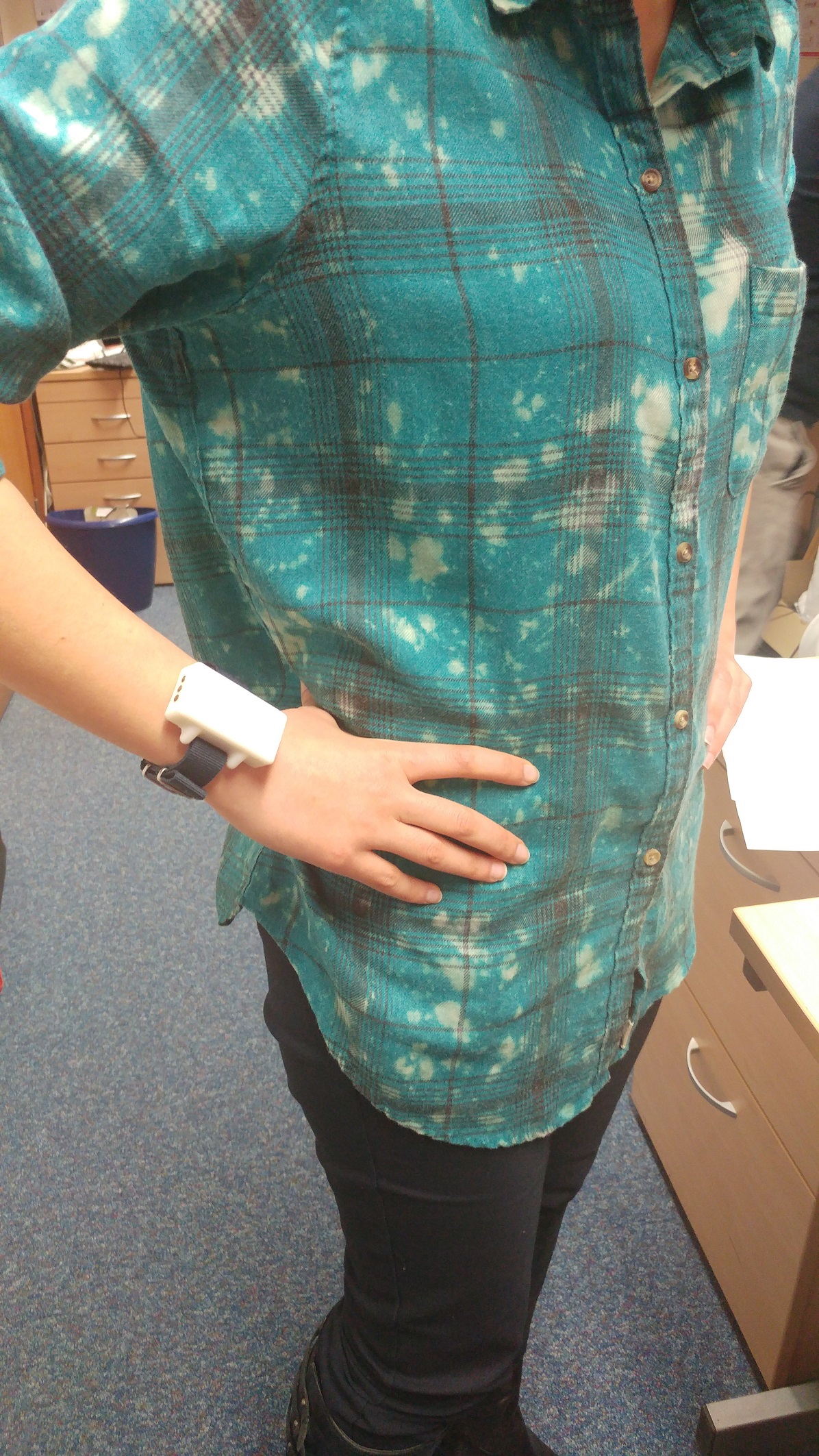
The edge of the world?
Victoria falls
- Flight of the Angels and Devil's pool

How gravity works on a flat earth

Gravity
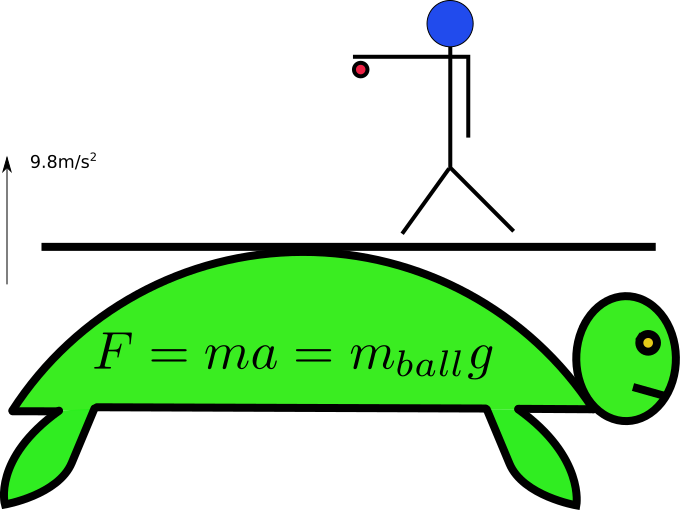
The turtle catches up with the ball.

Gravity pulls the ball towards the ground
\[ F=m_{ball} g=G\frac{m_{ball}M_{earth}}{r^2} \]
Accelerometers, Gyroscopes and their uses
Historically
- Navigation and instrumentation
Since micro engineering
- Vehicle airbags (detect deceleration in a crash)
- Mobile phones (which way is up?)
- Segway (which way is up?)
- Fitness trackers: Fitbit, Jawbone, iWatch (modern version of a pedometer)
- Gait analysis (esp sports), activity monitoring
Has now become a consumer product
Sit to stand on a sphere
- Orientation of the sensor when it is not moving is a point on a sphere
- Movement needs to be either above or below the surface of a sphere

Sit to stand on a sphere
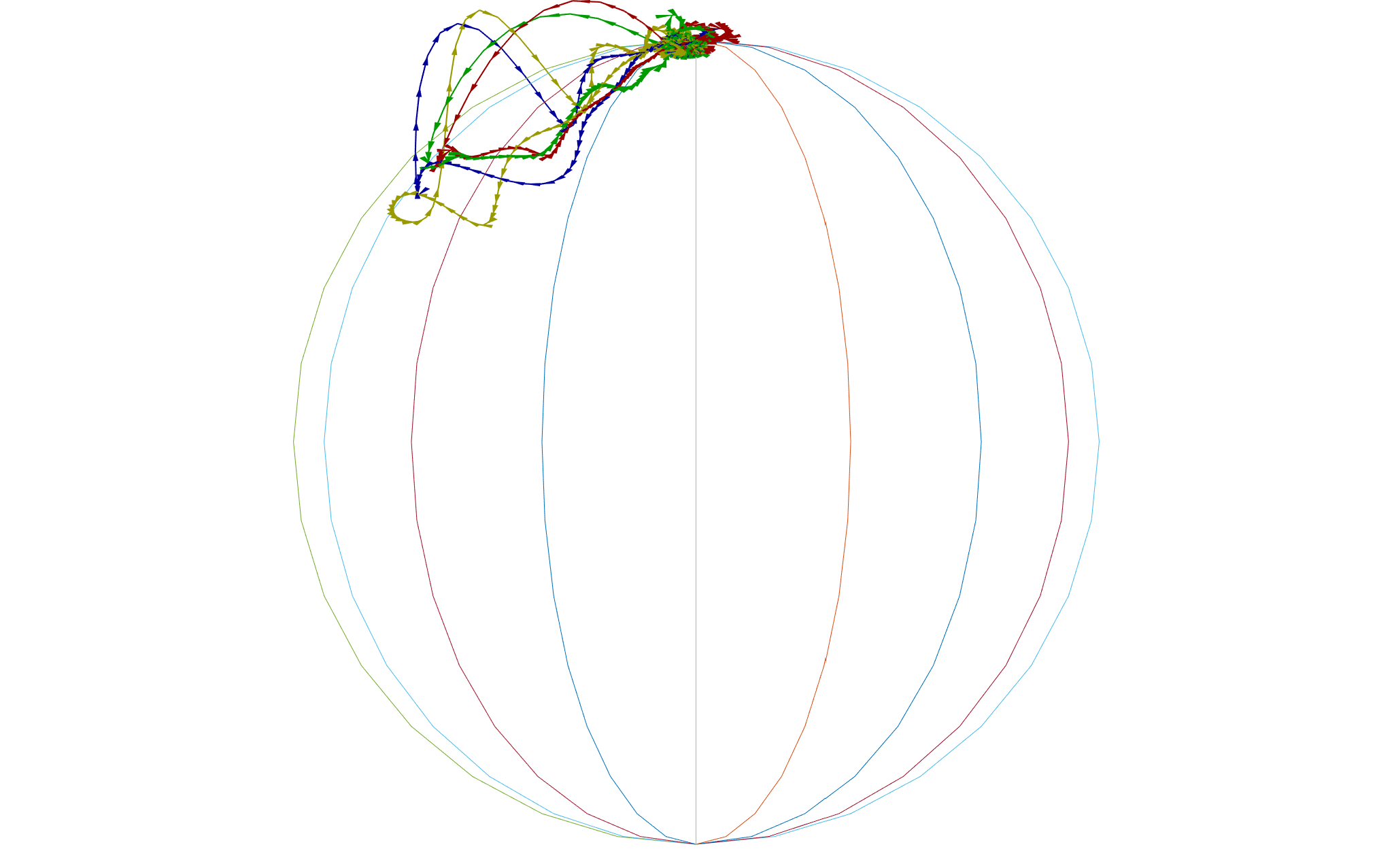
Sit to stand classifier
- Video shows Bayesian classifier of sitting, standing sit-to-stand and stand-to-sit
- Left classifier uses acceleration mean and variance
- Right classifier uses angular velocity
Sit to stand Analysis
- Data gathering in the lab and in unstructured environments
- Data sets that include
- young adults
- older adults
- people with Parkinson's disease
- Data collected (and maintained) by Southampton University
- Sensors developed by Reading University

Sit to stand metrics person with Parkinson's
Opportunistic measures
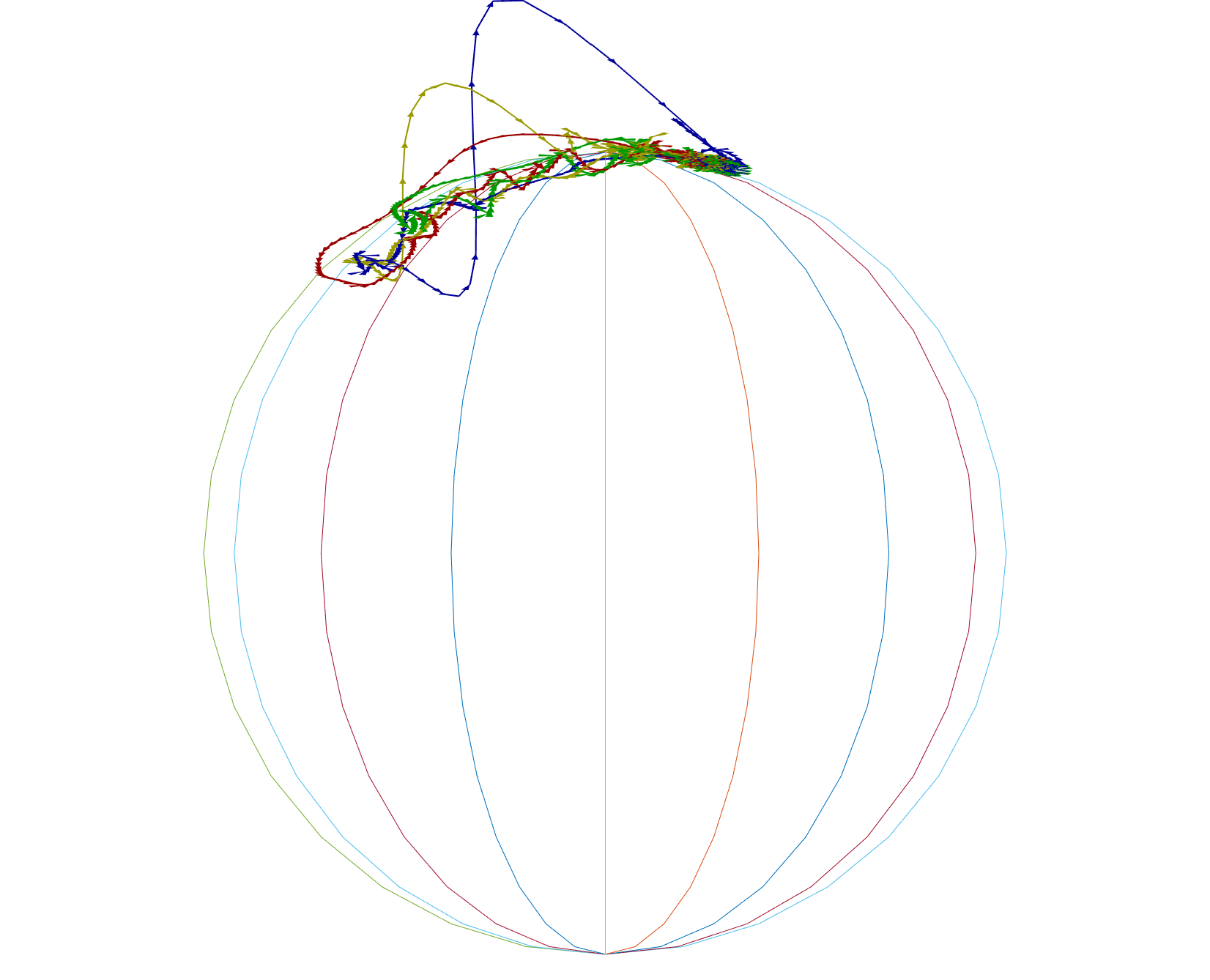
Sit to stand metrics healthy control

Other applications
- Other healthcare: standing balance, abnormal gait detection, near-fall behaviours
- Gymnastics: Harriers Gymnastics Club, Bristol
- Energy and activities: Farmers in developing countries, Giacomo Zanello, Chittur Srinivasan, School of Agriculture
- Digital Art: Anthony Head, Bath Spa
- Fashion: Kate Allen, Laura Nicholson, Reading ArtLab

The Potential
Low cost wearable sensors could enable collecting and storing detailed data on an individual.
- We could measure
- Postures, actions, activities, energy, temperature, heart rate, blood pressure, brain activity, breathing, forces in the bones, etc.
- We might deduce
- your energy levels, where you are, what you are doing, how well you are doing it, your physiological response


The Ethics
- Question: How to direct this information so it is useful to
- the individual and family
- the clinicians, and healthcare workers
- the researchers and statisticians
- But
- What data should be controlled by the individual?
- How should individuals control their data?
- Where and how is the data stored? (locally/cloud/anonomised)
- Where, when and how should the data be anonymised?
Additional
- http://www.ibtimes.com/how-does-accelerometer-work-smartphone-bill-hammack-engineer-guy-explains-full-text-699762
- https://research.reading.ac.uk/wearables/welcome/research/
- http://www.irc-sphere.ac.uk/
https://tinyurl.com/WHarwin (redirects to http://www.reading.ac.uk/~shshawin)
Acknowledgements
| Ian Craddock |
| William Holderbaum |
| Simon Sherratt |
| Faustina Hwang |
| Anthony Head |
| Ann Ashburn |
| Balazs Janko |
| Rachel King |
| Ali Khalid MohamedAli |
| Ruth White |
| Harneet Arora |
| Mohamed Ghamari |
| Emma Villeneuve |
| Maitreyee Wairagkar |
| Colleagues at Royal Berkshire Hospital, Southampton University, Bristol University and Kings College, London |
Picture credits
- Slide 8 Devils pool.net
- Slide 9 http://www.deviantart.net Great A'Tuin and the disc world by theyoungtook
- Slide 9 https://qph.ec.quoracdn.net Phono by Glenn Rager
- Slide 18 https://readingartlab.com/2015/11/15/artlab-urop-poster-presentation-2015 Reading Artlab
- Slide 19 https://www.british-gymnastics.org British Gymnastics